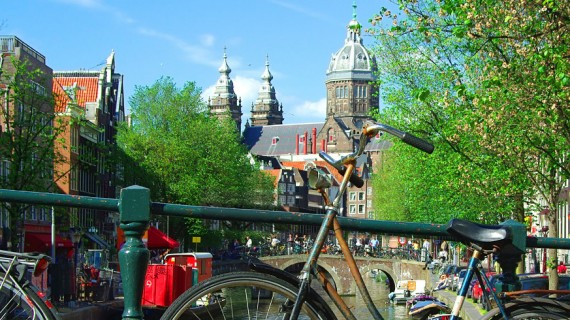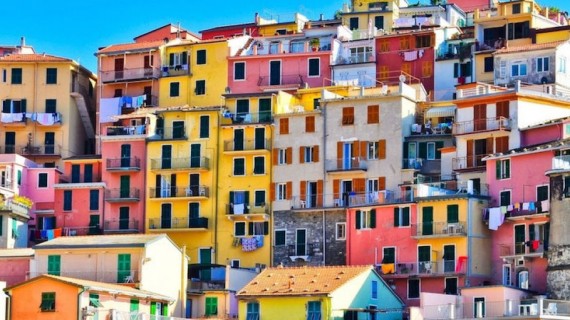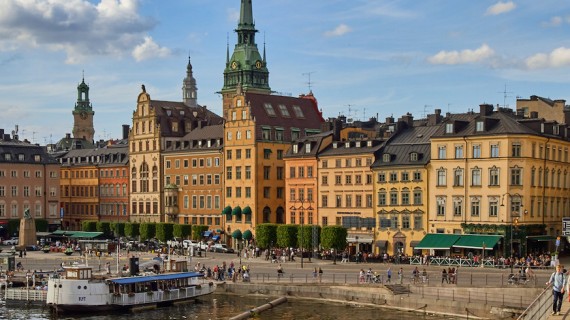We all love to travel, but we do not often reflect on the carbon footprint and environmental effects of our journeys. And while it’s true that flying on its own is a huge contributor to one’s carbon footprint, there are many other components to the equation that should be considered. It’s often complicated to figure out the most environmentally sustainable way to travel, but there are definitely some destinations that encourage sustainable tourist experience – namely Brisbane, Berlin, and Copenhagen. Below, we review each of them and tell you why you should consider either of these cities for your next trip.
Brisbane
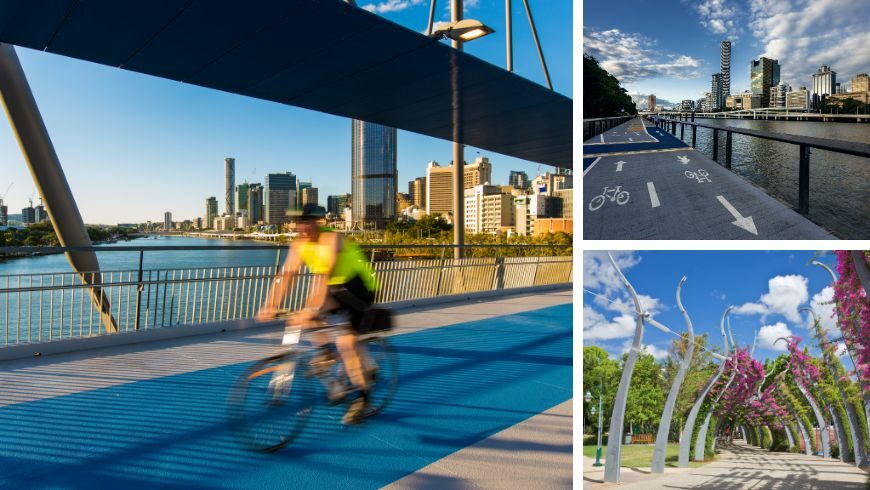
To begin with, we recommend exploring Brisbane as a solo traveler due to its safety for male and female travelers alike. Beyond being safe, Brisbane is one of the most sustainable destinations on the Australian East Coast. There is no need to hire a private vehicle when you travel to Brisbane, thanks to an efficient public transportation system consisting of buses, trams, and trains. And best of all, you can easily walk around the city – for example, the famous botanical gardens are only a 10-minute from central Brisbane.
Recently, Brisbane has seen an increase in the number of sustainable hotels. These hotels provide energy-efficient heating and lighting systems, recycling programs, and water conservation. They also tend to use natural, sustainable materials for rooms. Accommodation in Brisbane can be on the more expensive side, but if you plan, you can find some great options for cheaper prices.
South Bank Parklands is one of the most popular destinations for tourists visiting Brisbane, and it’s also one of the greenest spaces in the city famous for its parks. This space features a man-made beach, Streets Beach, where tourists can swim and relax. South Bank Parklands even has its rainforest – perfect for those who do not want to drive a few hours outside of Brisbane for wildlife. For lovers of culture, Queensland Performing Arts Centre, Queensland Museum, or Gallery of Modern Art will be interesting to explore as well – with several exhibitions and shows rotating around the season.
Berlin
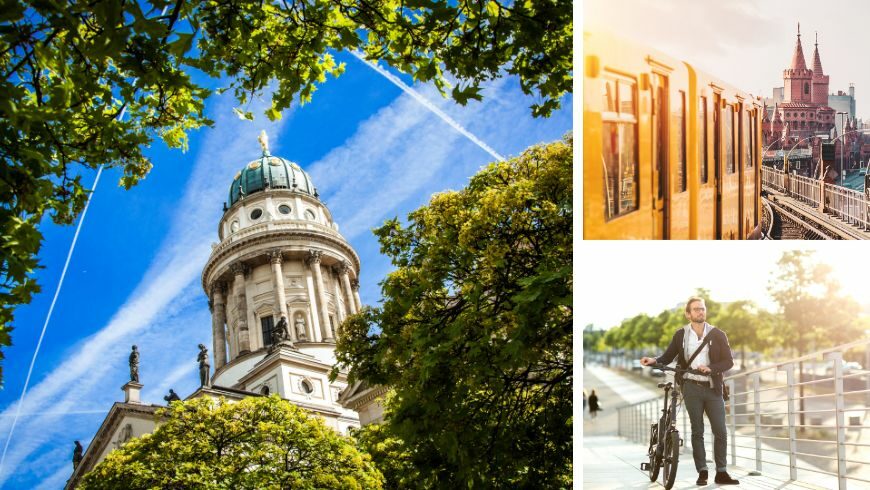
The capital of Germany and arguably Europe’s top spot for nightlife is also one of the most sustainable cities in the world. In 2022, it has been ranked 5th best city in the world for sustainability. It’s easy to see why – the city’s increased efforts on green energy and recycling, as well as its comprehensive transport network consisting of buses, trams, S-Bahn, and U-Bahn, makes it one of the most desirable places to visit for those who care about the carbon footprint of their trip. An added benefit is that Germany and Berlin’s city government often gives discounted train tickets, with travelers often being able to buy month-long city or national passes for under 48 AUD.
The best way to explore the city, however, is on foot. Berlin Convention Office frequently hosts The Sustainable Walking Tours, which focus on Berlin’s green spaces, green architecture, urban planning, solar installations, green roofs, and the city’s biking culture. These walking tours are a part of the city’s efforts to be fully carbon-neutral by 2050. The tour starts at the Gleisdreick station and ends at Tempelhofer Feld, a former airport turned into a recreational space for Berlin’s residents.
Of course, coming to Berlin without experiencing its nightlife is an incomplete experience. If you enjoy techno, you will find one of the city’s many clubs within walking distance. Perhaps the most famous club in the world, Berghain, is also located in Berlin. Try your luck entering it, as many people get rejected by the strict ‘vibe control’ security at the door. Berghain hosts many of the world’s most famous DJs at parties that last hours and days – once starting on Friday evening, the party can last up until Monday morning.
Copenhagen
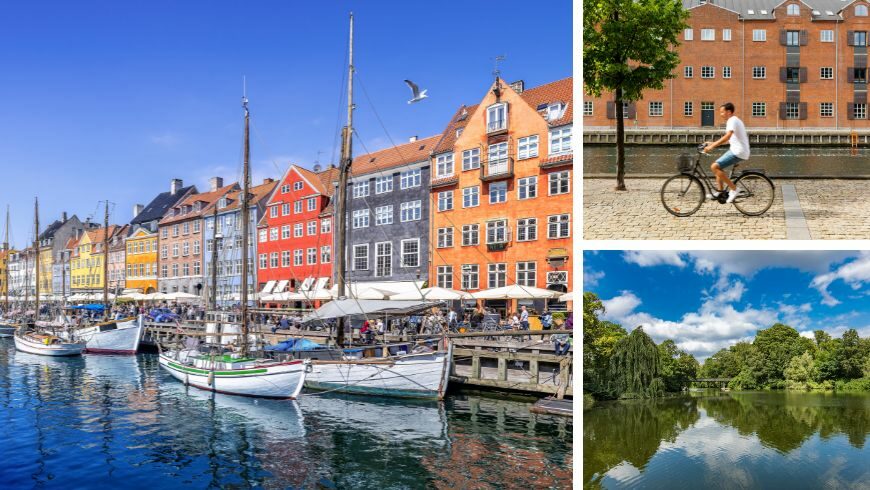
Denmark’s capital was recently ranked as the third most sustainable city in the world, making it an attractive destination for green tourists. The city’s administration has recently launched a campaign to help travelers reflect on how their choices make an impact on the environment and has encouraged green tourism to Copenhagen. It comes as a sharp contrast to several destinations in Southern Europe that are trying to tax tourists due to concerns of over-tourism.
As you get off the airport and head to the city via metro, you’ll see a huge banner – “enjoy Copenhagen attractions through climate-friendly actions”. But the city doesn’t just declare its commitment to green tourism, it also provides incentives for tourists who opt for more green options. For instance, in many museums, you get extra free time with your ticket if you arrive on a bike. Some hotels even offer extra free nights if you opt-in for sustainable transportation options. In short, Copenhagen is where you get to benefit from your green choices!


